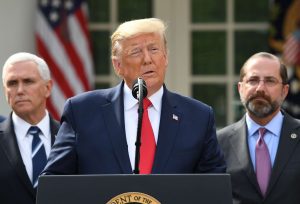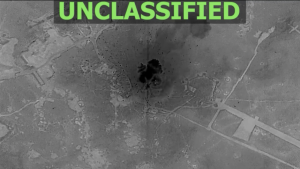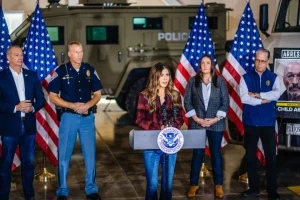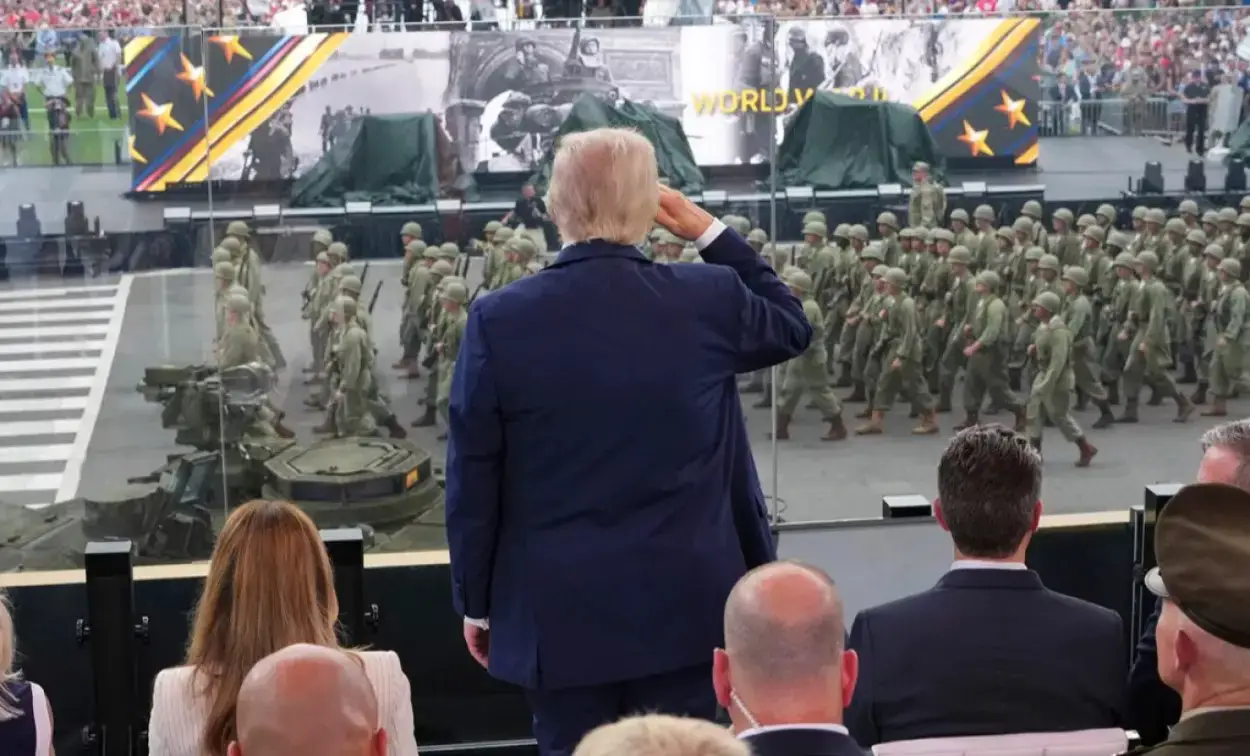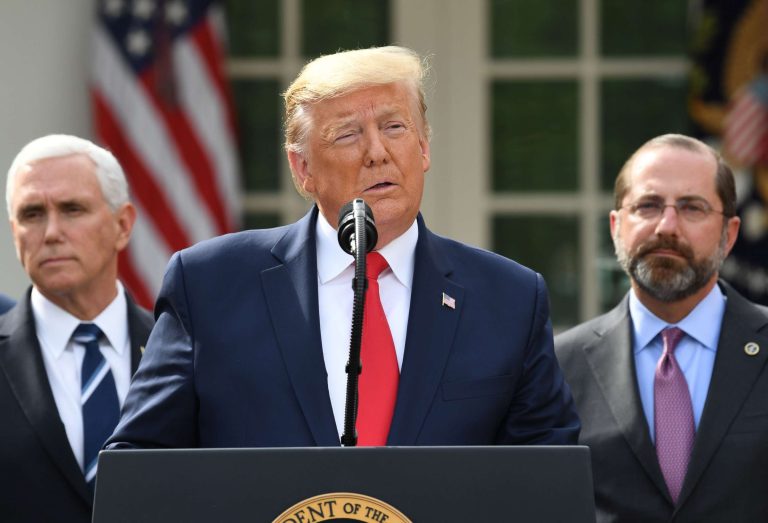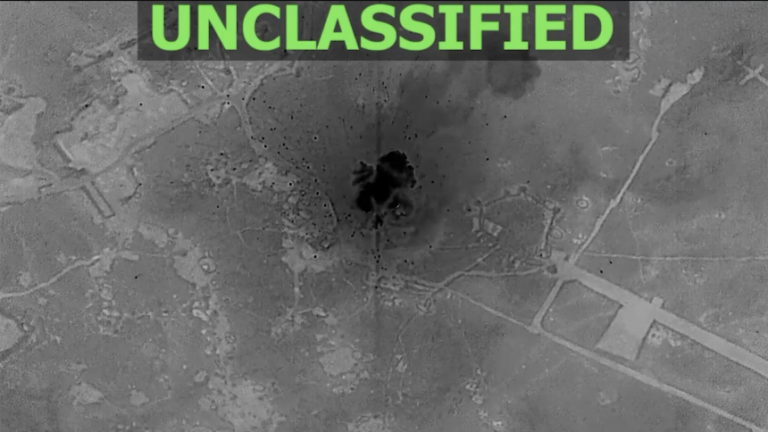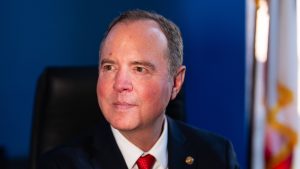NOTE: VIDEO AT THE END OF THE ARTICLE.
Military Ceremonial Standards and Democratic Oversight: An Analysis of the U.S. Army’s 250th Anniversary Commemoration
Executive Summary
The recent military parade commemorating the U.S. Army’s 250th anniversary has generated significant public discourse regarding ceremonial standards, resource allocation, and the complex dynamics between military institutions and civilian leadership in democratic governance. This analysis examines the multifaceted responses to the event, exploring implications for military-civilian relations, public accountability, and the evolving role of social media in shaping perceptions of government ceremonies.
Historical Context and Event Overview
The U.S. Army’s 250th anniversary celebration represented a milestone achievement in American military history, marking two and a half centuries of institutional service to the nation. The commemoration took place in Washington, D.C., featuring an elaborate parade along Constitution Avenue that showcased both historical military traditions and contemporary technological capabilities.
The event represented the first military parade of its magnitude in the United States since 1991, making it a noteworthy occasion for military personnel, government officials, and civilian observers. The ceremony included approximately 6,600 soldiers representing diverse military units and specialties, along with displays of advanced military equipment including armored vehicles and robotic systems.
The logistical complexity of organizing such an event required extensive planning, coordination, and financial resources. Participants were drawn from military installations nationwide, necessitating transportation, accommodation, and coordination efforts that spanned multiple months of preparation. According to Reuters reporting, the total cost reached approximately $45 million, encompassing expenses related to transportation, security, logistics, and ceremonial preparations.
Presidential Participation and Official Remarks
President Donald Trump’s attendance at the ceremony, alongside First Lady Melania Trump and senior administration officials, underscored the event’s significance within the broader context of his administration’s approach to military affairs. At 78 years of age, the President delivered remarks emphasizing themes of national strength, military readiness, and appreciation for service members’ dedication to national security.
The President’s address included traditional ceremonial elements while incorporating his characteristic communication style. His statement that “Tonight, we affirm with unwavering certainty that in the years ahead, and in every generation hence, whenever duty calls and whatever danger comes, the American Soldier will be there” reflected conventional themes associated with military ceremonies, emphasizing continuity of service and institutional commitment.
The speech served multiple strategic purposes, including honoring military personnel, communicating administration defense priorities, and providing a platform for broader messaging about American global leadership. The President’s characterization of the United States as “the hottest country in the world right now” demonstrated his use of colloquial language to express assessments of America’s international position and influence.
PLAY:
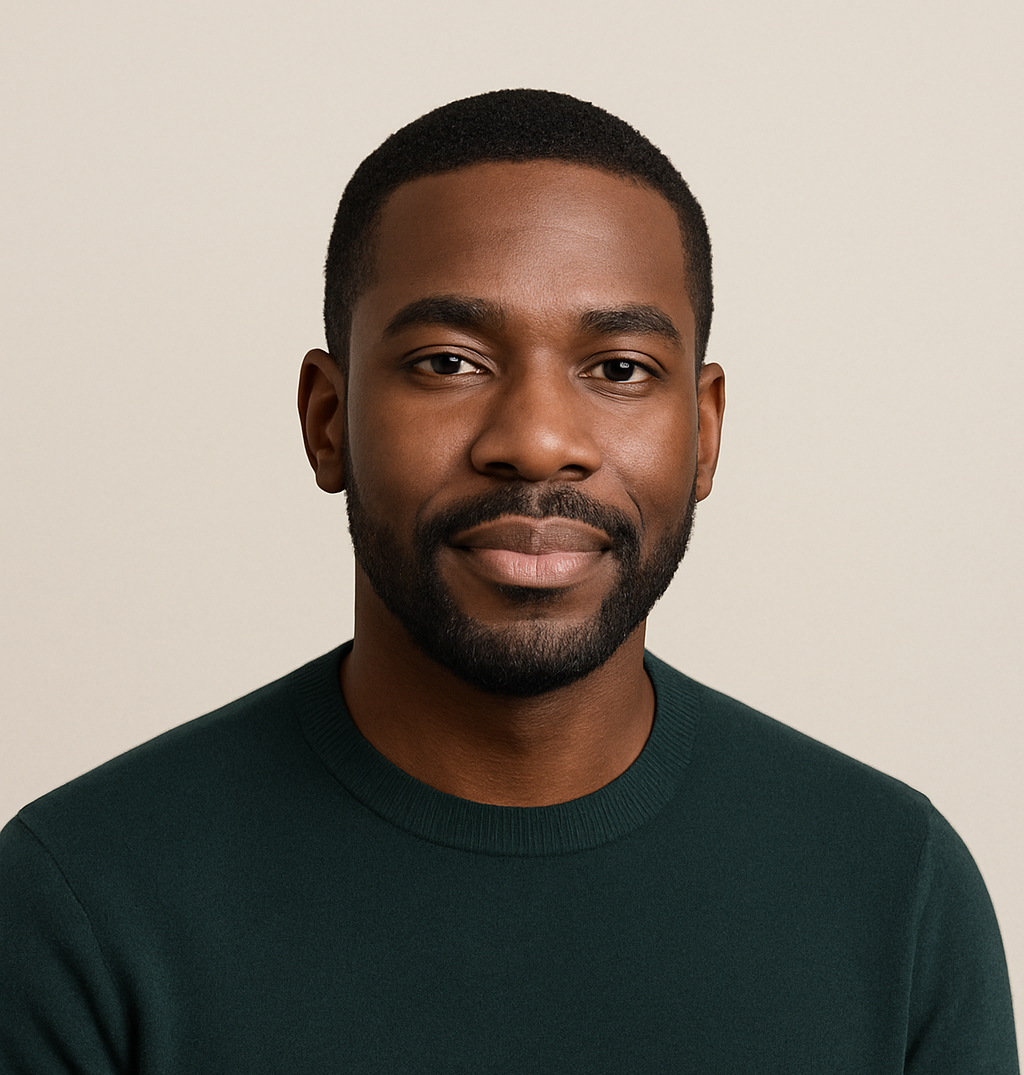
James Jenkins is a celebrated Pulitzer Prize-winning author whose work has reshaped the way readers think about social justice and human rights in America. Raised in Atlanta, Georgia, James grew up in a community that instilled in him both resilience and a strong sense of responsibility toward others. After studying political science and creative writing at Howard University, he worked as a journalist covering civil rights issues before dedicating himself fully to fiction. His novels are known for their sharp, empathetic portraits of marginalized communities and for weaving personal stories with broader political realities. Jenkins’s breakout novel, Shadows of Freedom, won national acclaim for its unflinching look at systemic inequality, while his more recent works explore themes of identity, resilience, and the fight for dignity in the face of oppression. Beyond his novels, James is an active public speaker, lecturing at universities and participating in nonprofit initiatives that support literacy and community empowerment. He believes that storytelling is a way to preserve history and inspire change. When not writing, James enjoys jazz music, mentoring young writers, and traveling with his family to explore cultures and stories around the world.

